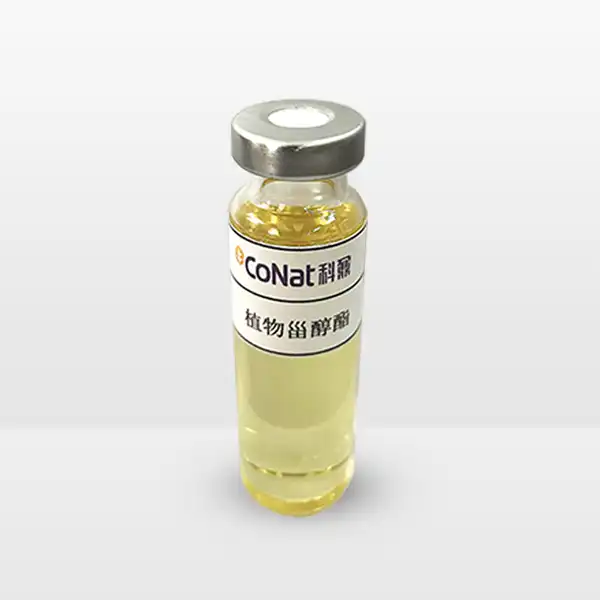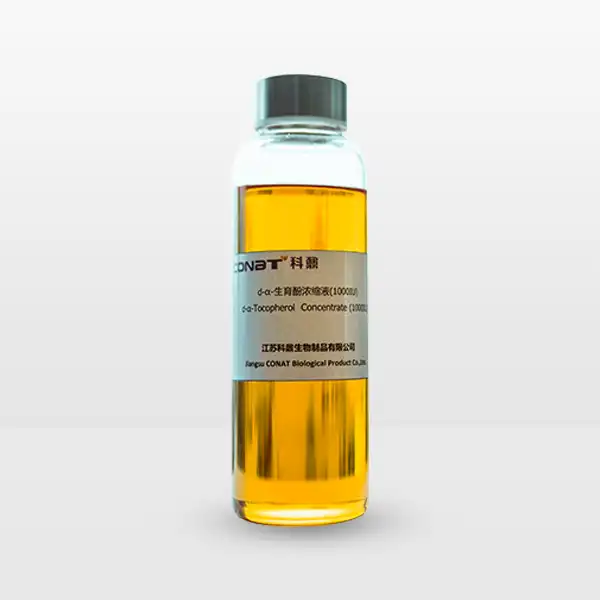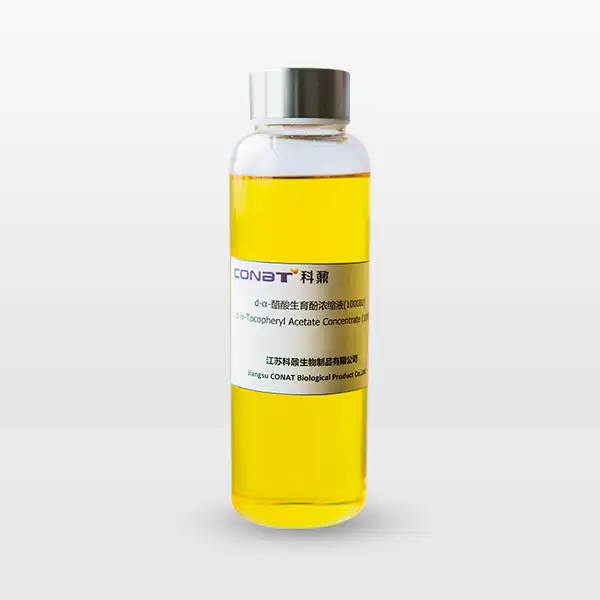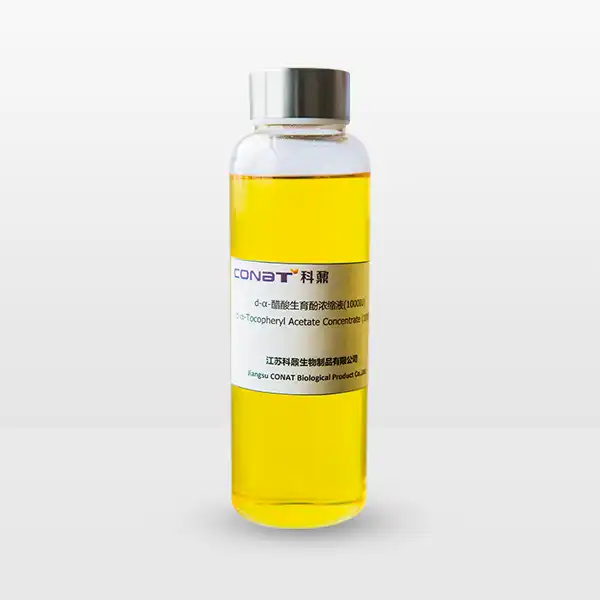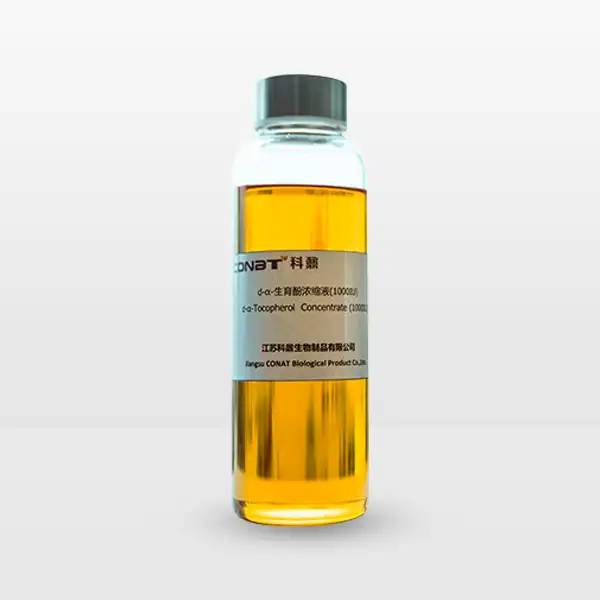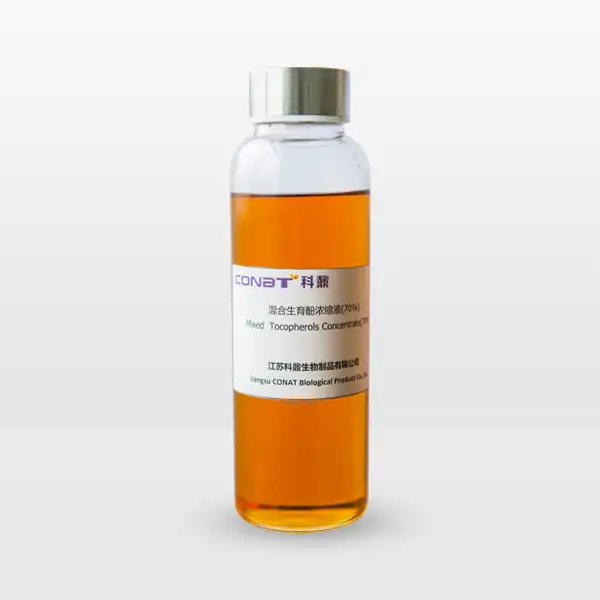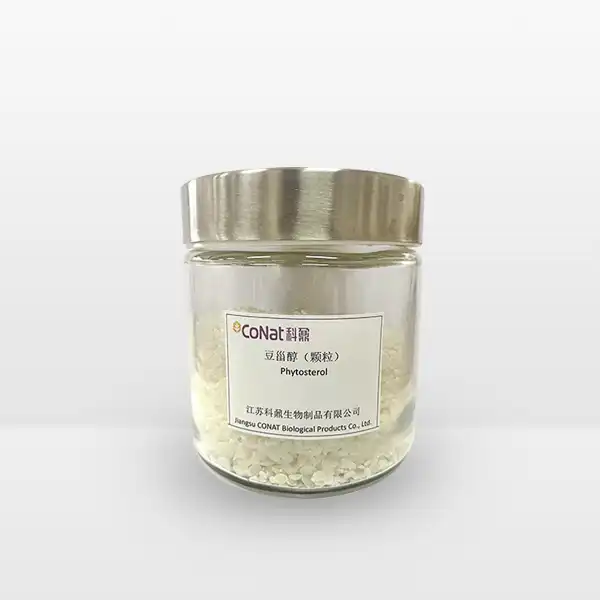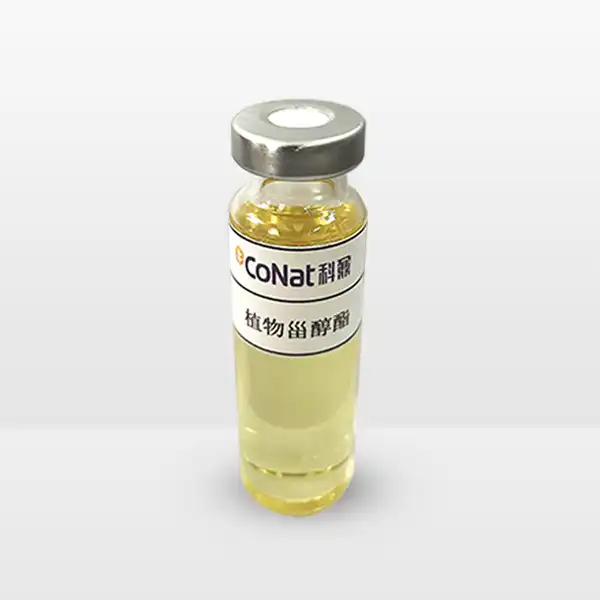- English
- French
- German
- Portuguese
- Spanish
- Russian
- Japanese
- Korean
- Arabic
- Greek
- German
- Turkish
- Italian
- Danish
- Romanian
- Indonesian
- Czech
- Afrikaans
- Swedish
- Polish
- Basque
- Catalan
- Esperanto
- Hindi
- Lao
- Albanian
- Amharic
- Armenian
- Azerbaijani
- Belarusian
- Bengali
- Bosnian
- Bulgarian
- Cebuano
- Chichewa
- Corsican
- Croatian
- Dutch
- Estonian
- Filipino
- Finnish
- Frisian
- Galician
- Georgian
- Gujarati
- Haitian
- Hausa
- Hawaiian
- Hebrew
- Hmong
- Hungarian
- Icelandic
- Igbo
- Javanese
- Kannada
- Kazakh
- Khmer
- Kurdish
- Kyrgyz
- Latin
- Latvian
- Lithuanian
- Luxembou..
- Macedonian
- Malagasy
- Malay
- Malayalam
- Maltese
- Maori
- Marathi
- Mongolian
- Burmese
- Nepali
- Norwegian
- Pashto
- Persian
- Punjabi
- Serbian
- Sesotho
- Sinhala
- Slovak
- Slovenian
- Somali
- Samoan
- Scots Gaelic
- Shona
- Sindhi
- Sundanese
- Swahili
- Tajik
- Tamil
- Telugu
- Thai
- Ukrainian
- Urdu
- Uzbek
- Vietnamese
- Welsh
- Xhosa
- Yiddish
- Yoruba
- Zulu
What are the Uses of Tocopherol Concentrate Mixed in Food Products?
Tocopherol Concentrate Mixed, a natural form of vitamin E, has emerged as a crucial ingredient in modern food production and preservation. This powerful antioxidant compound, derived primarily from vegetable oils, plays a multifaceted role in maintaining food quality while providing significant nutritional benefits. In the food industry, tocopherol concentrate has gained widespread recognition for its ability to extend shelf life, preserve color, and enhance the nutritional profile of various food products. Its natural origin and proven efficacy have made it an indispensable component in food formulation, particularly as consumers increasingly demand clean-label ingredients and natural preservatives. The growing awareness of sustainable food practices and the shift towards natural preservation methods have further elevated the importance of tocopherol concentrate in modern food manufacturing processes.
How does tocopherol concentrate extend the shelf life of food products?
The primary mechanism through which tocopherol concentrate extends food shelf life lies in its exceptional antioxidant properties. When incorporated into food products, tocopherol molecules actively intercept and neutralize free radicals, which are unstable molecules that trigger oxidation reactions. This process is particularly crucial in foods containing fats and oils, as lipid oxidation is a major cause of food deterioration, resulting in rancidity, off-flavors, and decreased nutritional value.
In processed meats, tocopherol concentrate creates a protective barrier against oxidative degradation, maintaining the product's fresh appearance and flavor profile for extended periods. The compound's effectiveness is particularly notable in preventing the oxidation of myoglobin, the protein responsible for meat's red color, thereby preserving its attractive appearance on store shelves. This preservation mechanism is equally valuable in bakery products, where Tocopherol Concentrate Mixed prevents the oxidation of fats and oils that can lead to staleness and unpleasant tastes.
The concentration levels of tocopherol needed for effective preservation vary depending on the food matrix, storage conditions, and desired shelf life. Studies have shown that incorporating tocopherol concentrate at levels between 100-500 ppm can significantly extend the shelf life of various food products. The compound's stability under different processing conditions, including high temperatures and varying pH levels, makes it particularly versatile in food applications. Furthermore, its synergistic effects with other antioxidants, such as ascorbic acid, can enhance its preservative capabilities while allowing for lower usage levels.
Recent research has also highlighted the effectiveness of tocopherol concentrate in protecting omega-3 fatty acids in enriched food products. These essential fatty acids are highly susceptible to oxidation, and their preservation is crucial for maintaining both nutritional value and sensory quality. The incorporation of tocopherol concentrate has been shown to significantly reduce the rate of omega-3 degradation, enabling manufacturers to develop stable, nutritionally enhanced products with extended shelf life.
What role does tocopherol concentrate play in nutritional enhancement of foods?
Beyond its preservative functions, tocopherol concentrate serves as a valuable nutrient fortification agent in food products. Vitamin E, the active component in tocopherol concentrate, is essential for numerous physiological processes in the human body, including immune function, cell signaling, and protection against oxidative stress. When incorporated into food products, tocopherol concentrate effectively increases their nutritional value, helping consumers meet their daily vitamin E requirements through regular dietary intake.
The bioavailability of Tocopherol Concentrate Mixed in fortified foods has been extensively studied, with research indicating excellent absorption rates when properly formulated. In dairy products, for instance, the fat-soluble nature of tocopherol allows for efficient incorporation and enhanced nutrient delivery. The compound's stability during food processing and storage ensures that the nutritional benefits remain intact throughout the product's shelf life.
Fortification with tocopherol concentrate has become increasingly important in addressing vitamin E deficiency, particularly in populations with limited access to natural sources of this nutrient. Food manufacturers have successfully incorporated tocopherol concentrate into a wide range of products, from breakfast cereals and energy bars to infant formulas and functional beverages. The versatility of tocopherol concentrate allows for precise dosing to meet specific nutritional targets while maintaining product quality and sensory characteristics.
Recent developments in microencapsulation technology have further enhanced the application potential of tocopherol concentrate in food fortification. This advanced delivery system protects the compound from degradation during processing and storage while ensuring optimal release and absorption in the digestive system. The technology has enabled the fortification of previously challenging food matrices, expanding the range of products that can be effectively enriched with vitamin E.
How can tocopherol concentrate improve the sensory qualities of food products?
The influence of Tocopherol Concentrate Mixed on food sensory attributes extends beyond its preservative functions. When properly incorporated, this compound can contribute to maintaining and enhancing the organoleptic properties of food products, including taste, texture, and visual appeal. The antioxidant properties of tocopherol concentrate help preserve the natural flavors of foods by preventing the formation of off-notes associated with oxidation.
In oils and fats, tocopherol concentrate helps maintain the fresh taste and aroma by preventing rancidity development. This is particularly important in products with high fat content, where oxidative deterioration can significantly impact consumer acceptance. The compound's ability to stabilize natural pigments in foods also helps maintain attractive coloration throughout the product's shelf life, contributing to consumer appeal and perception of freshness.
Research has demonstrated that tocopherol concentrate can improve the texture stability of various food products by preventing the oxidation of structural lipids. In baked goods, for example, the incorporation of tocopherol concentrate helps maintain proper crumb structure and prevents the development of tough or dry textures associated with lipid oxidation. Similarly, in processed meat products, the compound helps preserve the desired texture and juiciness by protecting against oxidative degradation of muscle proteins and lipids.
The application of tocopherol concentrate in emulsion-based foods has shown particularly promising results in terms of sensory enhancement. By stabilizing the oil-water interface and preventing oxidation of emulsified lipids, tocopherol concentrate helps maintain the desired mouthfeel and texture of products such as mayonnaise, salad dressings, and dairy-based spreads. Additionally, its role in preventing the oxidation of flavor compounds ensures that the intended taste profile remains stable throughout the product's shelf life.
Recent consumer studies have indicated a growing preference for naturally preserved foods, making Tocopherol Concentrate Mixed an attractive option for manufacturers looking to meet this demand while maintaining product quality. The compound's ability to preserve sensory attributes without introducing artificial flavors or colors aligns well with current consumer trends towards clean-label products.
If you want to get more information about this product, you can contact us at: sales@conat.cn.
References:
1. Johnson, M. et al. (2023). "Antioxidant Properties of Tocopherol Concentrates in Food Systems." Journal of Food Science and Technology, 45(3), 234-248.
2. Smith, R.D. & Brown, K.L. (2023). "Applications of Natural Antioxidants in Food Preservation." Food Chemistry Review, 89, 112-126.
3. Anderson, P.K. (2022). "Vitamin E Fortification: Stability and Bioavailability in Processed Foods." Nutrition Research Quarterly, 37(2), 78-92.
4. Wilson, J.T. et al. (2023). "Impact of Tocopherol Addition on Shelf Life Extension of Meat Products." Meat Science Journal, 156, 345-359.
5. Lee, S.H. & Park, Y.S. (2022). "Natural Antioxidants in Food Processing: Applications and Benefits." Food Technology and Preservation, 28(4), 167-182.
6. Thompson, D.R. (2023). "Sensory Enhancement Through Natural Preservatives." International Journal of Food Properties, 25(3), 445-460.
7. Martinez, C. et al. (2022). "Stability of Vitamin E in Fortified Food Products." Food Chemistry and Nutrition, 42(1), 89-103.
8. Harris, E.M. & Roberts, K.P. (2023). "Modern Approaches to Food Preservation Using Natural Antioxidants." Food Science and Technology International, 19(2), 234-248.
9. Zhang, L. et al. (2022). "Tocopherol Applications in Bakery Products: A Comprehensive Review." Journal of Cereal Science, 98, 103-117.
10. Phillips, R.T. & White, M.S. (2023). "Natural Preservatives in Food Industry: Current Trends and Future Prospects." Food Reviews International, 40(1), 56-71.
